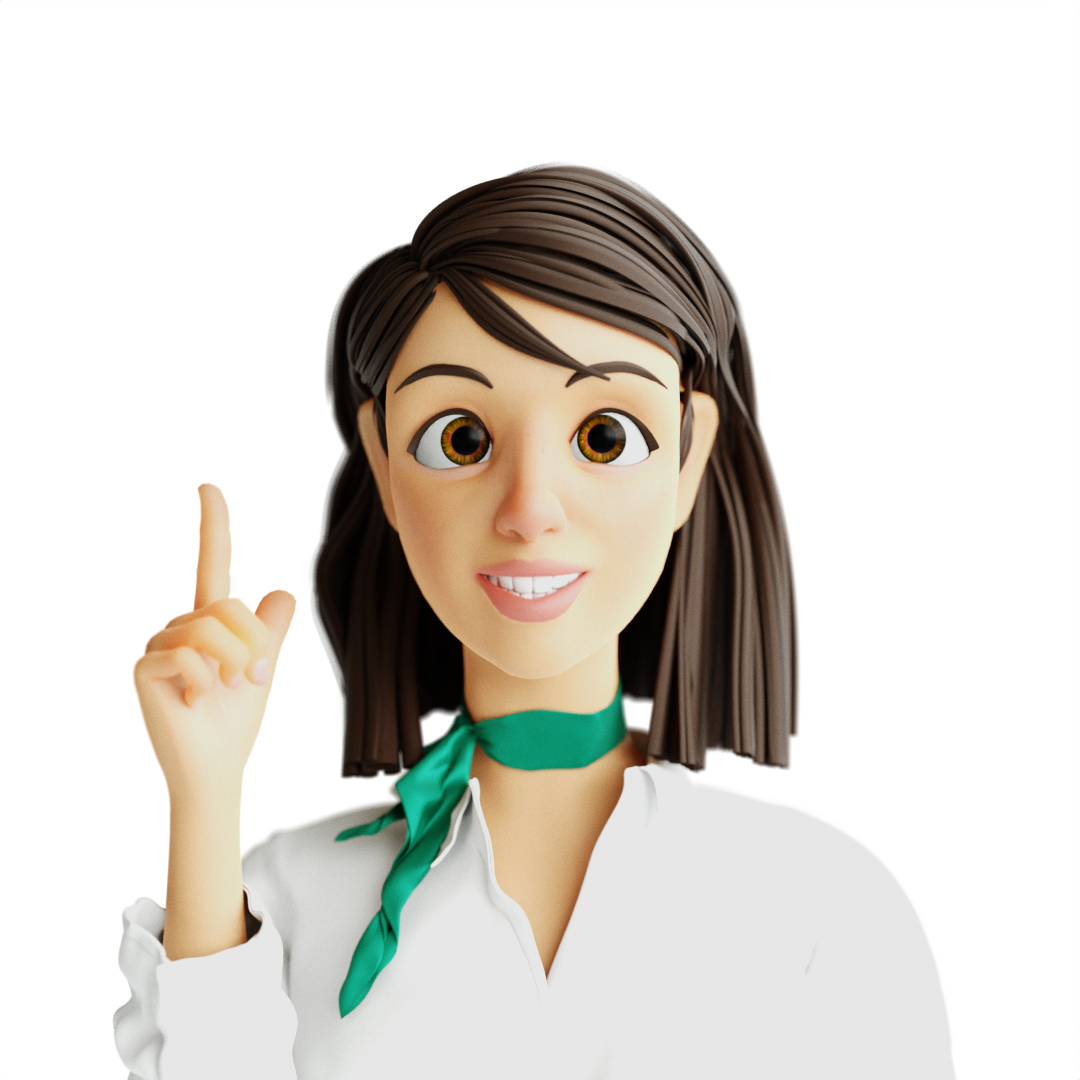As always, scrolling through Instagram, I come across pictures of incredibly toned and beautiful women and men who explain how to train the glutes. But why? Well, it’s not just a matter of aesthetics: the glutes are large and powerful muscles that help support the pelvis and, by stabilizing the hip joint, allow it to move. Specifically, the gluteal muscles are three (the gluteus maximus, the gluteus medius, and the gluteus minimus), and each of them has a specific anatomical structure and function.
The minimus gluteus is the one closest to the hip joint itself; the medius gluteus overlaps the minimus gluteus and extends across the entire outer surface of the pelvis; the gluteus maximus covers the two previous ones and is responsible for the characteristic shape of our buttocks. Under the influence of our brain, the three gluteal muscles generate a significant amount of energy to keep our body in an upright posture, opposing the force of gravity pulling us downward. They make many hip movements possible and also protect the joint from impacts and shear forces that could damage it in the long term, absorbing, for example, shocks when we walk or run.
So, let’s train them, remembering that it’s not just a matter of aesthetics!

